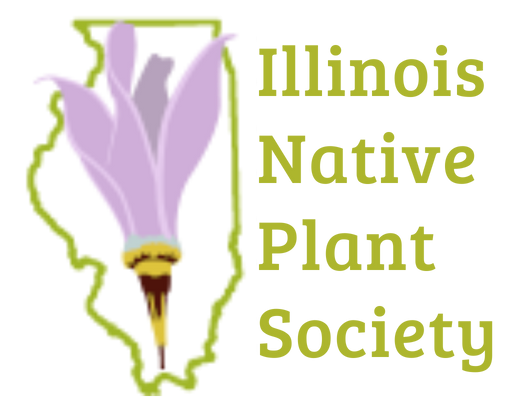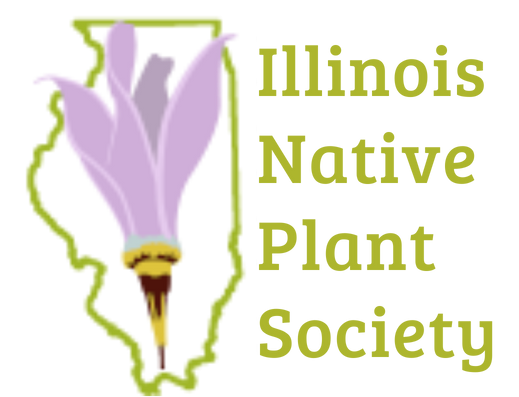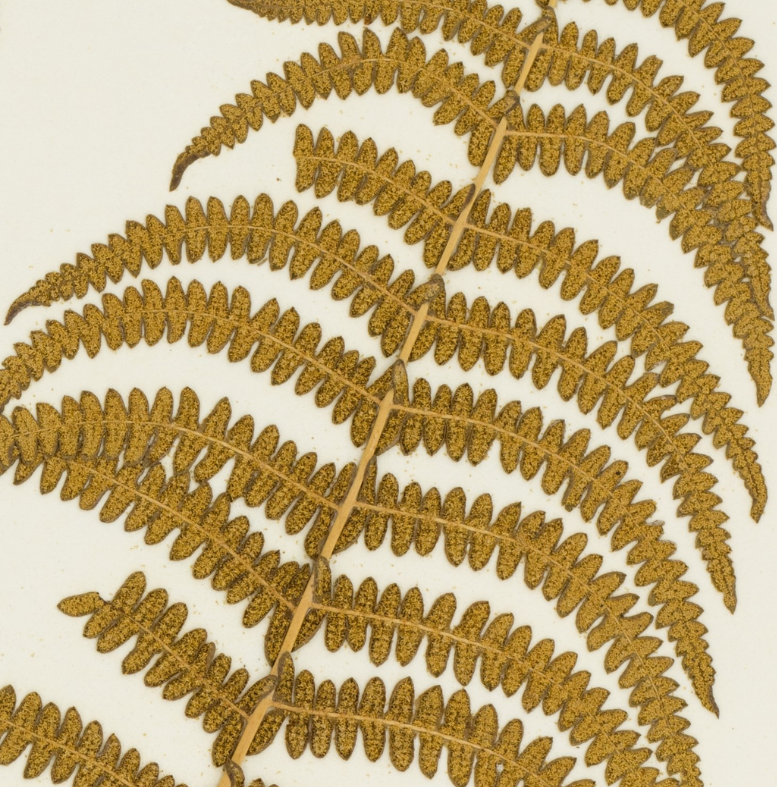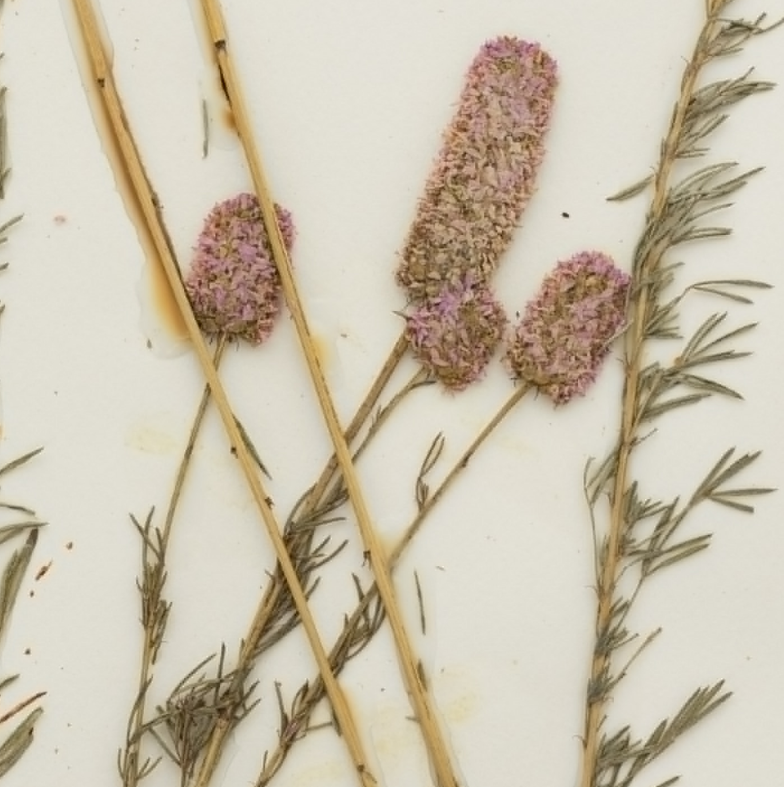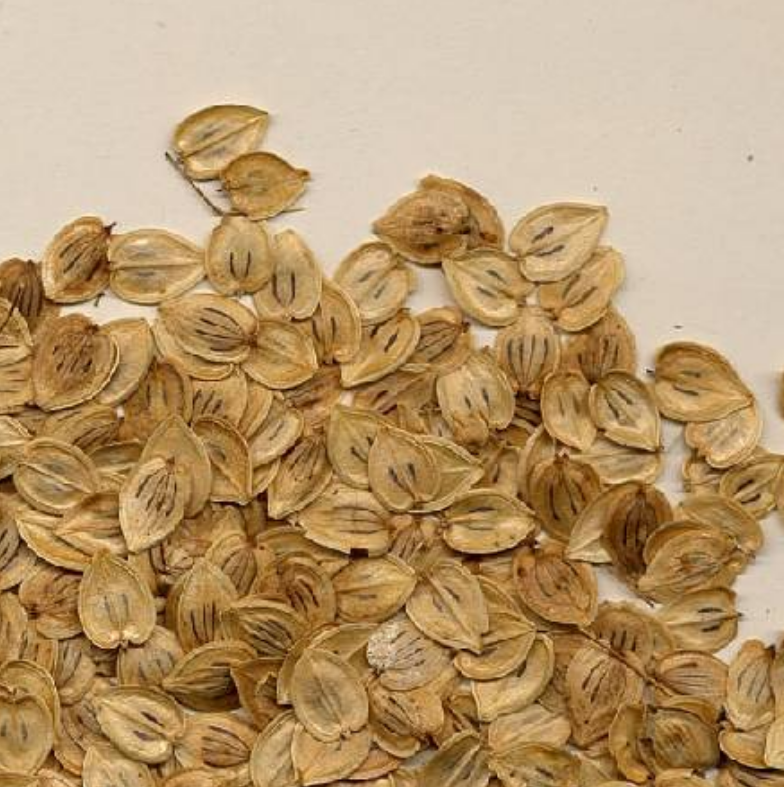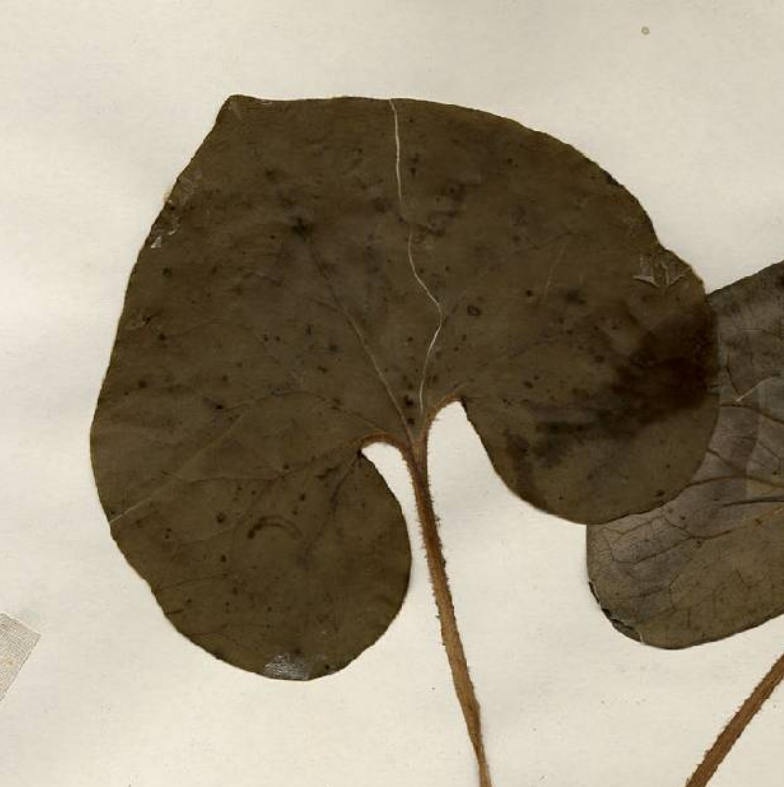Botanist Biographies: Mary Agnes Chase
While researching an article for Erigenia, the peer-reviewed journal of the Illinois Native Plant Society, I ran across a notation about a “Mrs. Chase.” Since she was the only woman mentioned amid many eminent male botanists, my interest was piqued. A cursory internet search for her yielded no immediate helpful results so I dropped it for a while. But then the trail grew warm again and I found out more about this fascinating woman.
Born April 20, 1869, in Iroquois County, Illinois, Mary Agnes Meara’s life was touched by tragedy and struggle from the very beginning. In late July 1871, her mother left their farm in Onarga Township with her five young children (Sarah, 13; Rose, 8; Joseph, 5; Mary Agnes, 2; and a newborn, whose fate is not recorded) after the untimely death of her husband Martin, traveling at least one hundred miles to her uncle’s home in Chicago, where her widowed mother was living.
Three months later, Chicago would go up in flames, in the famous Chicago Fire of 1871. It’s hard to imagine the impression of these unsettling times would have had on young Mary Agnes and her family, so I will leave it to the reader to mull for now.
She worked for newspapers as a typesetter and a proofreader to help support her mother. In 1888, she married William Ingraham Chase, the editor of the School Herald, but he died less than a year later from tuberculosis. She returned to proofreading in the evenings to pay off his debts, studying at the University of Chicago during the day. A trip to the plant exhibits at Chicago’s World’s Columbian Exposition in 1893 with her nephew Virginius Chase rekindled her interest in plants.
The earliest digitized specimen on vPlants by Agnes Chase is that of Woodwardia virginica, 12 July 1891. The earliest numbered digitized specimen is Chase’s collection #436, from her series “Flora of Lake Michigan” of Cyperus houghtonii, dated 9 August 1897. A quick glance at vPlants records allows us to contrast Agnes’ collection numbers with Virginius’ #4419 in his 29 July 1895 collection of Asclepias incarnata, for his series “Flora of Stark County Illinois,” to see Virginius had had a much earlier start on his work than his aunt.
She must have persuaded Virginius to head east to chase orchids because there is his record of Platanthera ciliaris from a “thicket bordering slough, Miller, IN” 2 August 1897. Agnes had been “west of Wilson, Lake, IN” earlier in the month and found what was originally identified as Platanthera clavellata. (Mike Homoya updated that in 1990 to Platanthera flava var. herbiola). The original label on this is “Herbarium of Virginius H. Chase” but Agnes is listed as the collector, so a collaboration, even a joint visit, is implied here.
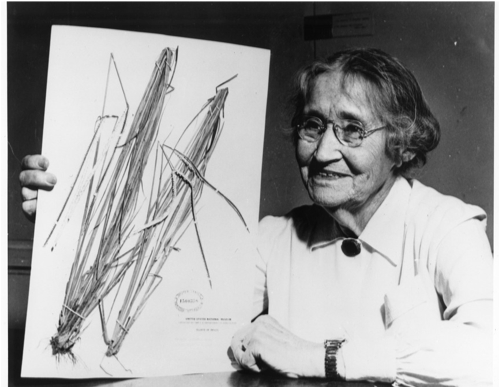
In 1898, while collecting specimens in a swampy area near Chicago, she met Ellsworth Jerome Hill, a botanist specializing in mosses and liverworts. He encouraged her enthusiasm for botany, taught her to use a microscope to illustrate new species that he had discovered. Charles Frederick Millspaugh, curator of botany at the Field Museum of Natural History, then persuaded her to illustrate (for free) two new publications: Plantae Utowanae (1900) and Plantae Yucatanae (1904). She monetized her skill in microscopy, working as an inspector for Chicago’s meatpacking industry. But Hill thought she could do better. In 1903, she got a job as a botanical illustrator for the U.S. Department of Agriculture’s Bureau of Plant Industry in Washington, D.C. Because she was a woman, she was not encouraged to go on field expeditions with male scientists, so she organized and funded her own. When her mother died, she moved her sisters to Washington to look after them. Chase built an international community of women scientists, welcoming them to her home when they visited the U.S.A.
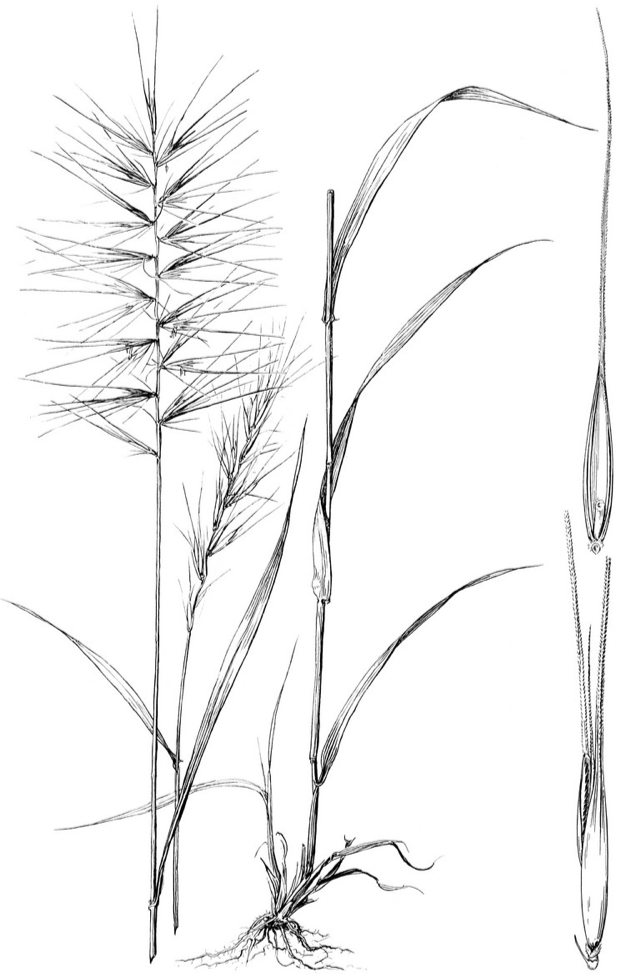
Chase is well known for publishing the title First Book of Grasses: The Structure of Grasses Explained for Beginners. She became the senior botanist and head of the USDA Systematic Agrostology department, and was an Honorary Fellow of the Smithsonian Institution.
For a fuller treatment of Chase’s story, see the Mary Agnes Chase Wikipedia page. Chase’s adventures are also featured in two books by Marcia Myers Bonta.
Chase’s field books are in the collection of the Smithsonian Institution and many of her original pen and ink illustrations are housed at the Hunt Institute for Botanical Documentation.
